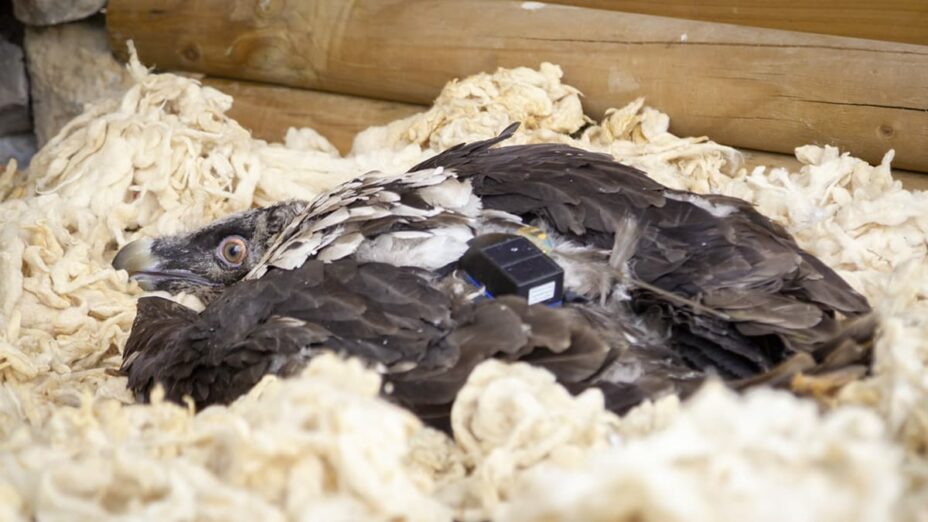On the 7th September Pál Lajos, Simó Imre, and Simó Réka Katinka saw an immature European black vulture near Constanta, on the Romanian Black Sea Coast (see photos).
Once widespread throughout the Balkans, the black vulture now breeds only in a single colony in the region, in Dadia (northeast Greece), where the breeding population has been stable (totalling about 35 pairs) due to the valiant conservation efforts there implemented by WWF Greece.
While the populations in Spain (2,500 breeding pairs), France (35 pairs) and Portugal (15+ pairs) have been increasing, the species remains rare and localised in the Balkans, with very few observations outside Dadia.
It is also possible that this black vulture comes from the small and endangered population breeding in Crimea. Black vultures are also now regularly observed every summer in the Eastern Italian Alps.
The VCF and other partners are now starting a LIFE project to reintroduce the species to the Central Balkan Mountains in Bulgaria – with first releases planned for 2018, so a recent observation of a black vulture in Romania, quite far away from Dadia, is certainly good news.
With the increasing populations in western Europe, a stable colony in Dadia and the LIFE project the VCF and other partners are now implementing in Bulgaria, we that soon this species spreads across the Balkans too, and slowly starts to restore its former distribution range.




